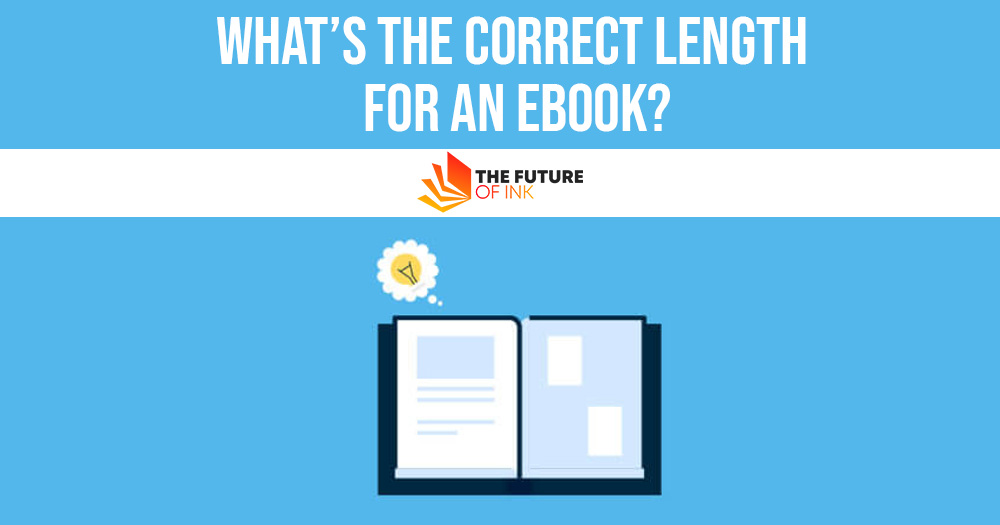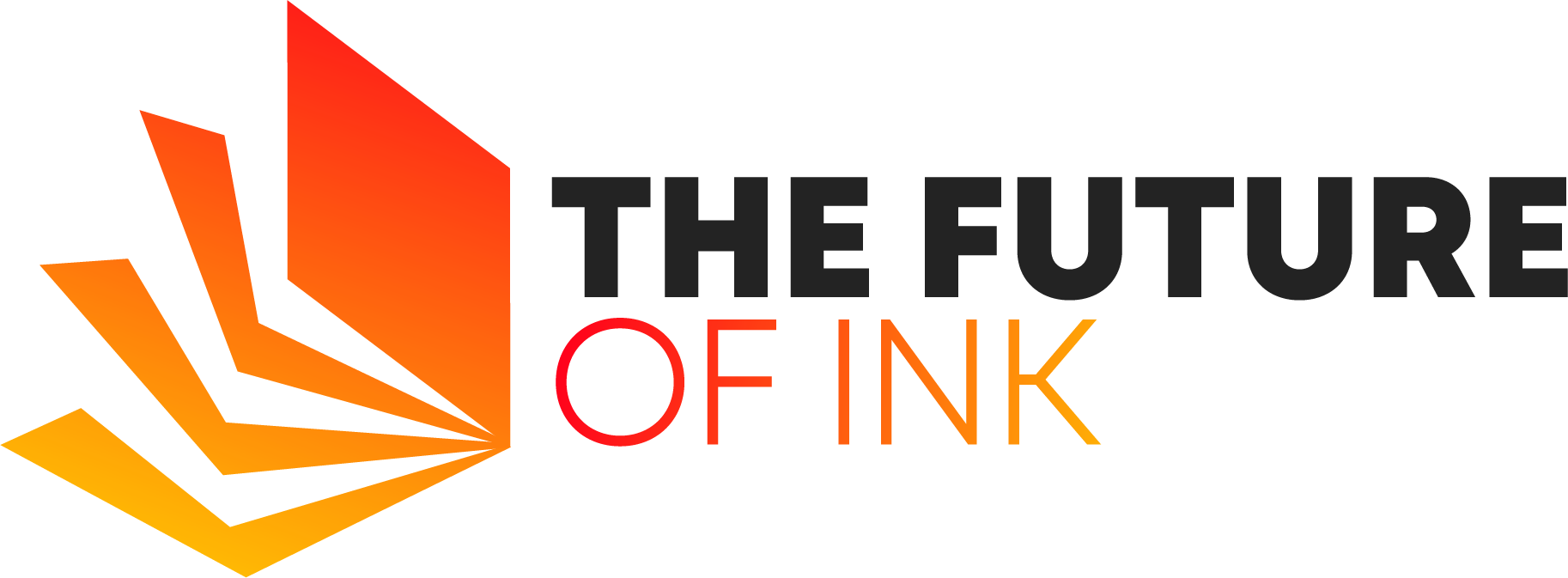Contents
Someone once said no good book is ever too long, and no bad book is ever too short!
That goes for ebooks as well as print books.
But how do you know how long your book should be? Is there a correct length for an ebook?
This looks like a simple question, but you have to look at several factors before you can determine the optimum length.

Length of Print Books vs. Ebooks
If you plan to turn your ebook into a print book at some point, you might want to consider length. Print books have some page restrictions—at least if you want to print on the spine or for it to be easily seen on a bookshelf.
It becomes difficult for a printer to squeeze the title of the book on the spine if a book has less than 100 pages, and it’s also hard for readers to find a book that is thinly squeezed among larger books on the shelf of a bookstore.
Also, longer books have other considerations, such as higher costs and longer read time.
Even when planning just an ebook, it behooves you to consider the best length for your finished product.
Many ebooks are quite short, and some experts believe that today readers prefer shorter books. Yet, Mark Coker, founder of Smashwords, says the ebooks that sell best on his site are the longer ones.
Also Read: Are You an Author or an Authorpreneur?
How Long Should an Ebook Be?
So, what length is the right one for a book?
The average nonfiction book, if such a thing exists, runs about 50,000 to 75,000 words, but this can vary depending upon the category. Biographies, for example, can run 200,000 words.
How-tos or self-help usually have 40-50,000 words. The average adult novel runs approximately 100,000 words while those in other categories run 80-120,000 words.
Every category will have an average length, including children’s books, young adult, business books, etc.
You can use comparable, successful books as models to determine the length you book “should” be.
An ebook could be 3,000 words or as long as a full-length book. In fact, the majority of printed books are turned into ebooks. Again, check out books in your category; find your competing or complementary books. Then consider writing a manuscript of similar length.
That said, each manuscript should be long enough to adequately tell its story or provide the information required.
Thus, you could say each manuscript should only be as long as it needs to be.
Tell your story or share your knowledge in as many words as necessary—no more, no less. As an indie publisher, you have the ability to make this decision.
Why You Need to Know Your Word or Page Count

My next traditionally published book, The Author Training Manual (Writer’s Digest Books, February 2014), was supposed to be around 50,000 words—that’s what I agreed to in my contract and what my publisher planned on when determining page count, design, expenses, profit-and-loss statement, etc.
However, I didn’t account for some reviewed work that was meant to go in the book or the workbook element. I also wrote more than I expected.
Even without the examples, work reviewed by agents and acquisitions editors, the book turned out to be closer to 76,000 words. Ooops!
This turned into a problem when the text would not fit into the original layout created by the design team.
Luckily some changes in font type and line spacing squeezed most of my content in without huge revisions and cuts, but my overabundance of content could have meant the need to cut and slash a lot of great content.
You don’t want to be in that position…ever!
Now, with an ebook, you don’t really have a design to worry about. However, you do have your readers’ attention span to consider.
If you do want to produce a print-on-demand version, which I recommend, you will need to think about page count, design, cost, etc.
An estimate of your word or page count allows you to gauge the cost of book production.
The longer your book, the more expensive it is to produce. A book that costs more to produce must sell more copies before it becomes profitable.
Yet, a larger book justifies a larger retail price as either an ebook or print book. As an indie publisher, these are important issues to consider since it’s the money you need to earn back.
Use Estimated Page or Word Count as a Writing Guide
Just today I spoke to a man who said he’d been writing his book “forever.” He was lost in the constant writing. He described his process as “writing his way into his book.”
I don’t encourage this type of creative process. Instead, I suggest you do some serious planning, which includes:
- Creating a table of contents
- Writing chapter summaries
- Evaluating the length of similarly published books
- Determining the desired length of your book
- Deciding how long each chapter must be
With this information, you now have a great writing guide. You know how much you need to write and approximately how many pages your book might end up having when complete.
You are also less likely to write more than necessary, so you won’t have to do much cutting.
Also Read: How to Conduct a LibraryThing eBook Giveaway?
Work Smarter, Not Harder

Had I needed to cut my book by 20,000 or so words, I would have had to spend many hours eliminating good copy that I had spent much time writing. That would not have been an effective use of my time.
A plan for your book that includes a word count helps you not write too little or too much.
Basically, having an idea of how long you want your book to help you work smarter, not harder. It turns out a better book in the end as well, which means your readers enjoy it more—and you’ll sell more copies.
This is a common question we get from author entrepreneurs. Would you do us a favor to help get the word out about Nina Amir’s article? Share this article with your friends…thanks!




